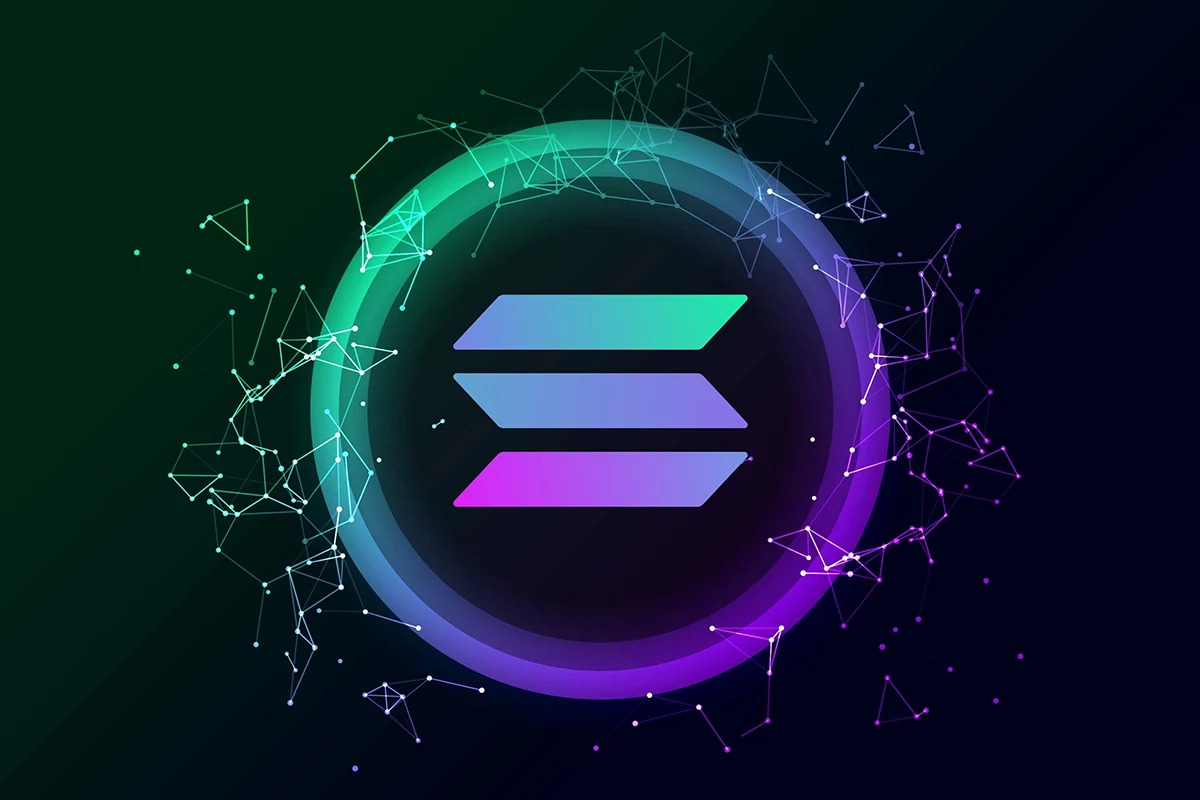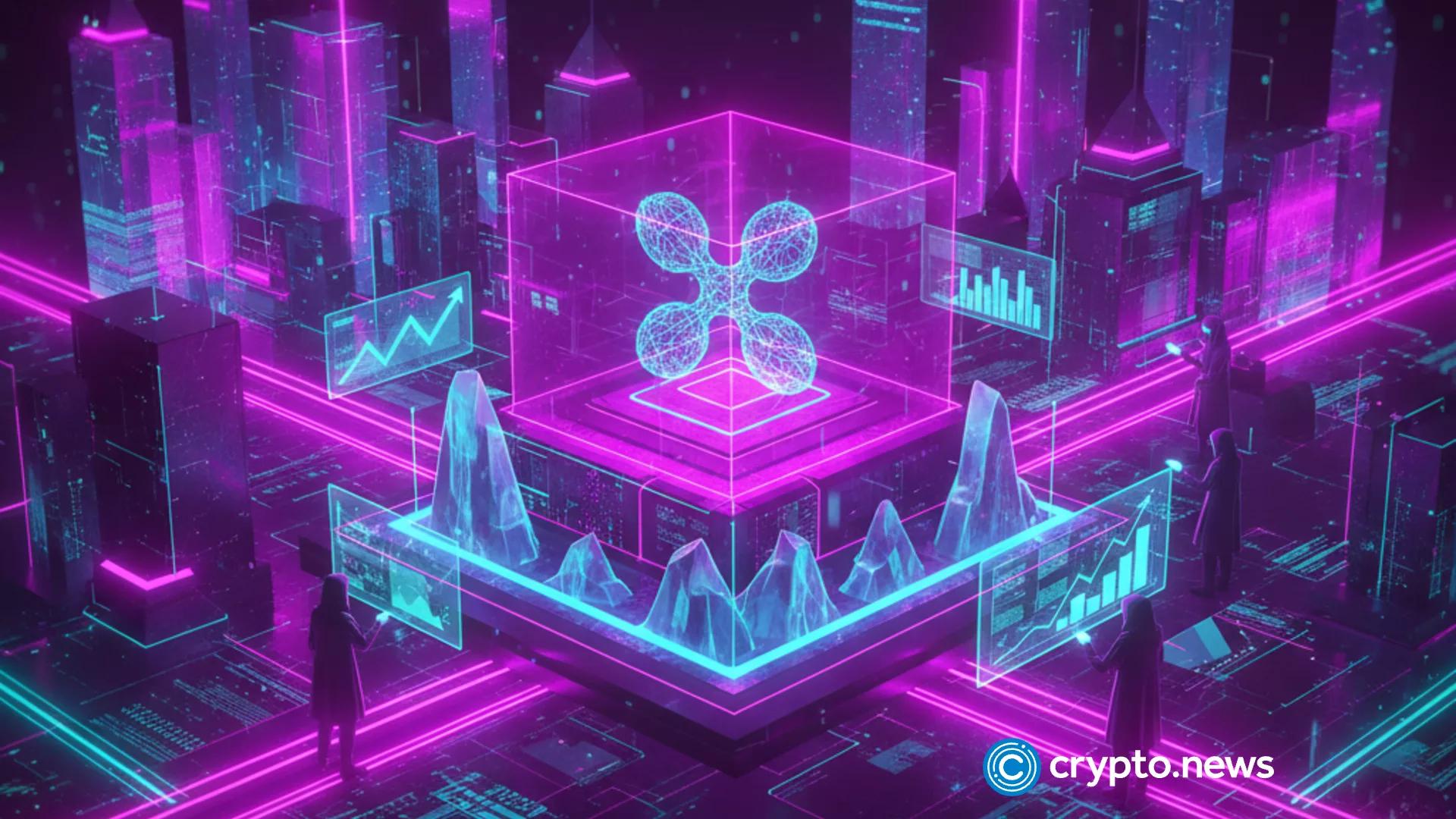Bitcoin Faces Fee Crisis That Threatens Network Security: Can BTCfi Help?

Bitcoin’s Transaction Fees Collapse
Bitcoin’s daily transaction fees have fallen by more than 80% since April 2024, according to Galaxy Digital. As of August 2025, nearly 15% of blocks are being mined with minimal or no fees, sometimes just one satoshi per virtual byte.
While this benefits users with cheaper transactions, it reduces miners’ earnings. After April’s halving cut rewards to 3.125 BTC per block, miners are increasingly dependent on fees. With fees drying up, concerns are growing over Bitcoin’s long-term security.
Pierre Samaties, chief business officer at the Dfinity Foundation,that “sustained throughput is essential for the system to defend itself.”
Onchain Activity Slows
The decline of trends like Ordinals and Runes has left Bitcoin’s onchain activity sluggish. OP_RETURN transactions, which once drove 60% of daily activity, now account for just 20%.
Meanwhile, alternative blockchains such as Solana are attracting memecoins and NFT projects. Spot Bitcoin ETFs, now holding over 1.3 million BTC, also divert trading volume offchain, further cutting fee-generating activity.
Galaxy Digital’s report found nearly 50% of recent Bitcoin blocks have been underfilled, with mempool demand at low levels.
BTCfi as a Potential Lifeline
Against this backdrop, BTCfi — Bitcoin-native decentralized finance — is emerging as a possible solution. Unlike Ethereum or Solana DeFi, BTCfi uses Bitcoin as its base asset while enabling lending, trading, and yield strategies on layers or protocols tied to Bitcoin itself.
“Every BTCfi action requires moving Bitcoin,” Samaties explained. “Movement drives computation, computation consumes block space, and space carries cost.” This dynamic could restore fee demand and strengthen miner incentives.
From Digital Gold to Financial Primitive
Bitcoin has long been viewed as digital gold, valued more for holding than for use. But Samaties sees it evolving into a financial primitive, a building block for broader financial systems.
Julian Mezger, CMO of Liquidium, agrees. “The last five years have transformed Bitcoin’s infrastructure from a simple settlement layer into a multi-layered ecosystem,” he said. “We’re now seeing the foundations for true Bitcoin-native DeFi being laid.”
If BTCfi continues to develop, Bitcoin could transition from passive store of value to active financial backbone — and in the process, solve its looming fee crisis.
Illustration of Bitcoin fee decline and BTCfi growth potential
You May Also Like

Solana ETFs Market Grows with Fidelity and Canary Marinade’s New Funds

XRP analysts shift 2025 outlook as liquidity models evolve

